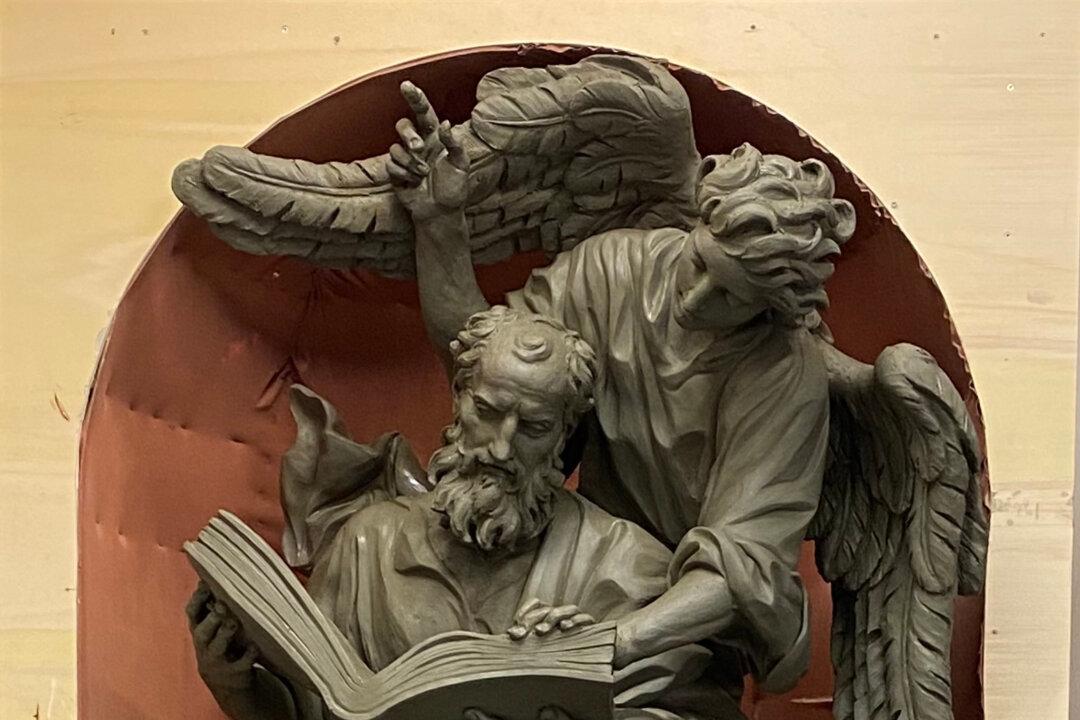Some 18 years ago, Minnesota-born Cody Swanson arrived in Italy on a two-way ticket as a fresh-faced 18-year-old keen to discover more about traditional art. That he did. But his trip wasn’t quite what he had envisioned. He’s lived in Italy ever since, having never used his return flight.
Swanson settled in Florence, where he learned sculpture at The Florence Academy of Art. While there, he fell in love with the city—and a fellow student, whom he later married.






